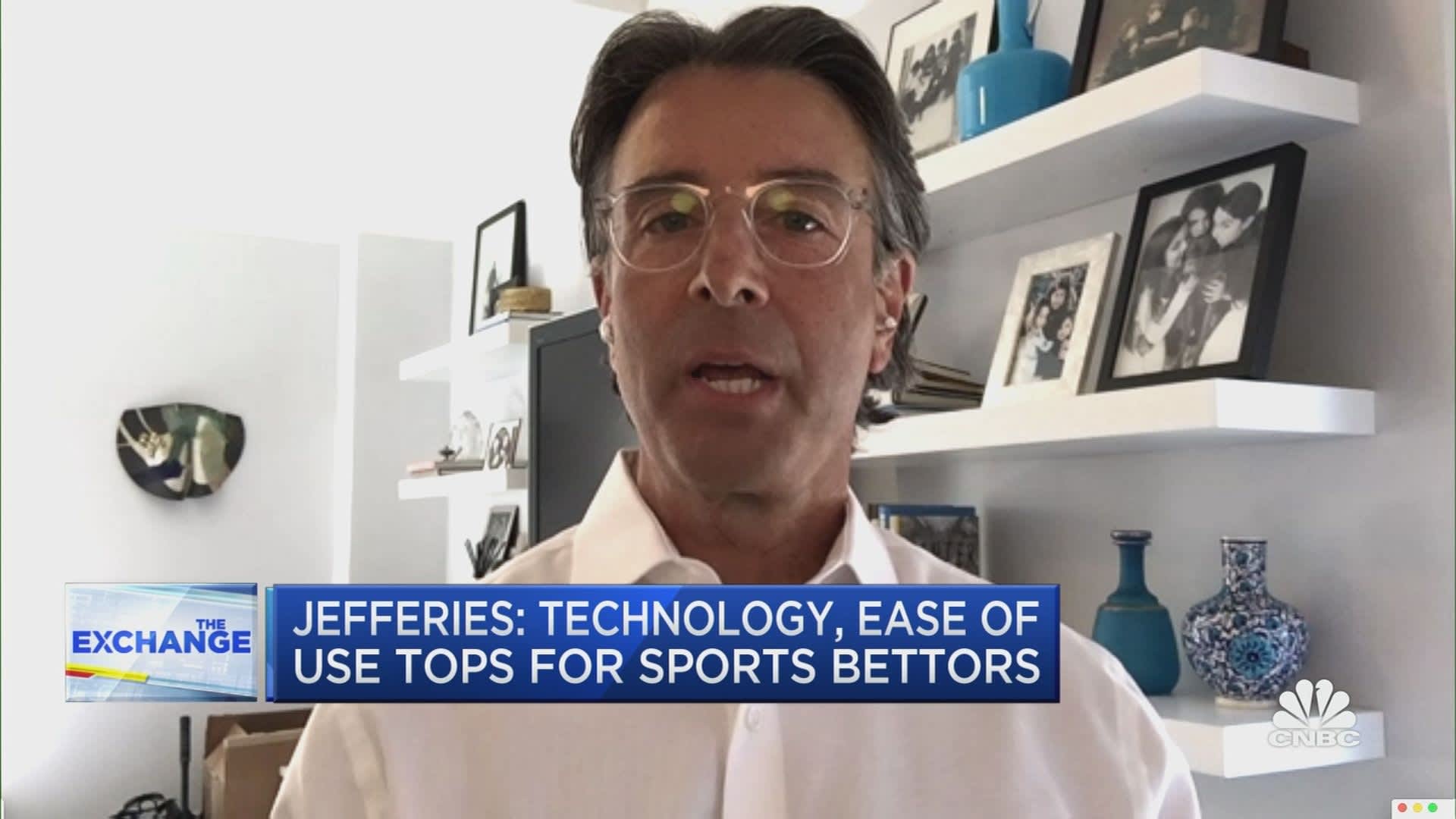EDITOR'S NOTE
Why do people think solar will be the biggest source of power globally by the end of this century? Because it will be the cheapest.
Think about the crucial difference between a solar panel and, say, a natural gas generator. A solar panel is basically a piece of technological hardware. And what does hardware do over time? What happens to flat-screen TVs, iPhones, computers, and the like? They get cheaper and higher-quality. What's the biggest surprise over the past five or ten years in the energy space? The plunge in the cost of solar power. Utility-scale solar has gone from costing $360 per megawatt hour a decade ago to less than $40, according to Lazard.
Not everyone can do rooftop solar, because of issues ranging from its weight to its cost to the need for sun in the correct places. Utility solar means they can still benefit from it through their electricity providers. But many utility providers themselves have been caught flat-footed by this sudden shift in the cost of solar and the looming boom in electricity demand that EVs will unleash. Even trickier is that providers are now asking consumers to fund this transition and solar installation, as in the case of St. Louis-based Ameren seeking a 12% rate increase.
That's where today's announcement from the Biden administration comes in. The DOE just released a "Solar Futures Study" showing that solar could provide 40% of U.S. electricity by 2035--just fourteen years from now--up from about 4% today. They see solar and wind combined providing 75% of U.S. electricity by that point. The real point isn't to debate their projections, but to realize that this blueprint is really a blueprint for utilities and others to move even more quickly in making this solar transition.
Why the urgency? Yes, climate goals play a role. But perhaps the administration is also realizing the cost crunch many consumers could face as "old" energy sources spike in price. If you're artificially limiting supply, but demand is still growing in line with GDP, the price per unit is going to increase. Sure enough, U.S. natural gas prices--which I wrote about yesterday--today just hit a seven-year high. That's a pretty bleak sign for utility bills, given that gas is still the biggest source (roughly 40%) of U.S. electricity, and that nearly half of homes use gas for heat.
If the "mushy middle" of this energy transition means the cost of energy soars, that's an extremely regressive way to ask the U.S. population to pay for it. It's one thing to nudge high earners to use taxpayer subsidies to buy EVs. It's quite another if low-and even middle-income consumers can't afford their fuel bills.
Point being, the sooner that solar can lower the cost of energy for everyone, the better. Just take the case of the St. Peter Apartments affordable housing complex in Louisiana. Built by the non-profit SBP (formerly the St. Bernard Project), the solar array on top of the building has kept the lights on after Hurricane Ida hit, even while most of the rest of the city is still without power. The panels also help keep the cost of electricity down for residents the rest of the time. Non-profits, funded by wealthy donors, could play a key role in advancing this transition nationwide.
And yes, there are still issues with solar--like the U.S. banning some silicon, a key component, from China's Xinjiang region over concerns including forced labor. But American companies like First Solar are also working on cadmium-based technologies that not only show promise in terms of efficiency but are also creating jobs in Ohio.
If the Biden administration does nothing other than clear the red tape that is keeping a lot of solar and EV deployment from coming online more quickly, that will be a huge boon to true American energy independence--and to the promise of lower fuel bills, too.
See you at 1 p.m!
Kelly KEY STORIES
IN CASE YOU MISSED IT
| ||||||||||||||||||||||||||||||||||||||||||||||||||||||||||||||||||||||||||||||||||||||||||||||||||||||||||||||||||||||||||||||||||||||||||||||||||||||||||||||||||||||||||||||||||||
Rabu, 08 September 2021
The future is solar
Langganan:
Posting Komentar (Atom)






Tidak ada komentar:
Posting Komentar